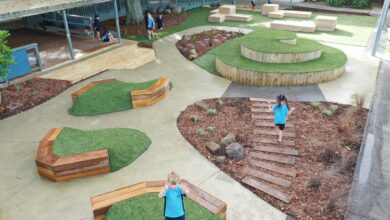When play is doing what comes naturally
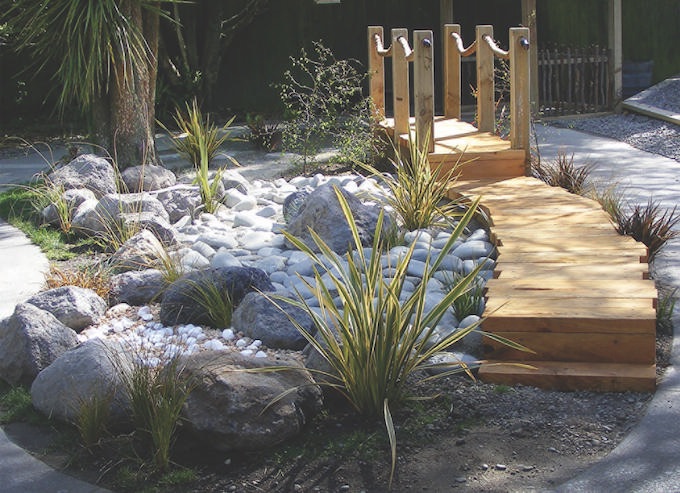
It used to be just called ‘play’ – that glorious time when you’d be outside, splashing in puddles, climbing trees, making a fort, hunting for four leaf clovers (or creepy crawlies or crabs in a rock pool) or simply throwing stones in the creek to see who could make the biggest splash.
So it’s a sign of the times that what were once commonplace and everyday activities for the average Kiwi kid has now been given a more specific label: ‘nature play’. Indeed, the growing Nature Play movement is inspired by the recognition that modern children are increasingly isolated from the natural environment, with many spending almost as much time indoors in front of a screen as someone doing a full 9-to-5 working week (see accompanying Nature Play editorial).
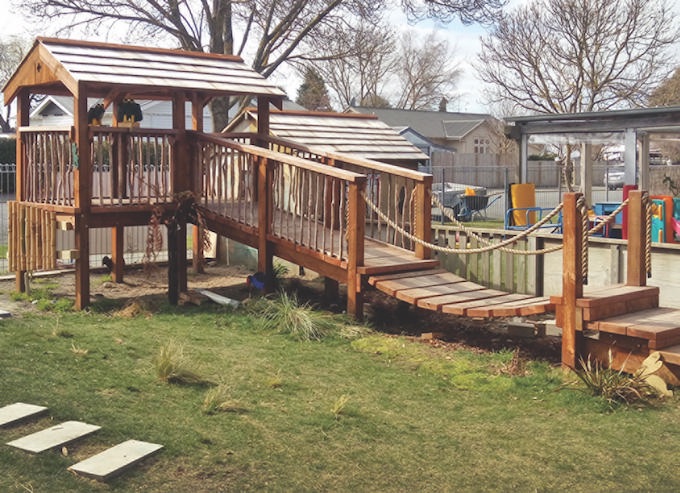
Related concerns are the sedentary lifestyles of many of today’s youngsters, rising obesity levels, diminishing social skills and limited exposure to experiences that develop self-confidence, independence and the ability to evaluate risk.
In short, the closeted existence of much of the current generation is of ever-growing concern, with many pointing out the long-term negative consequences – both mentally and physically – of over-reliance on technology, social media and the like on young people’s development.
And yet, there is a world outside to explore – it’s big and it’s beautiful and, perhaps best of all, it’s mostly free to use!
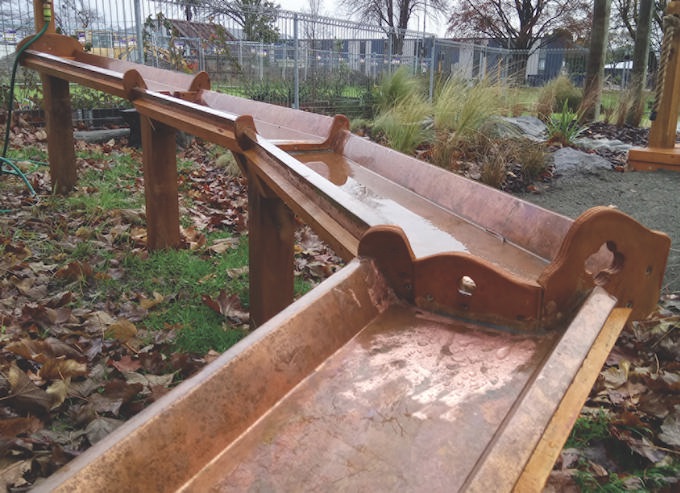
Getting down and dirty
Reconnecting children with nature should be easy; Christchurch City Council, for example, lists a ‘Dirty Dozen’ activities that can encourage children to explore the natural world, while learning and having fun: build a fort, roll down a hill, climb a tree, float a leaf boat, jump across stepping stones, go rack scambling, splash in the sea, imagine you’re an explorer, spot some birds, navigate with a map, dig in the sand, go hunting for nature’s treasures.
But doesn’t it speak volumes that such simple activities – ones that would once just have been normal things to do – have to be promoted?
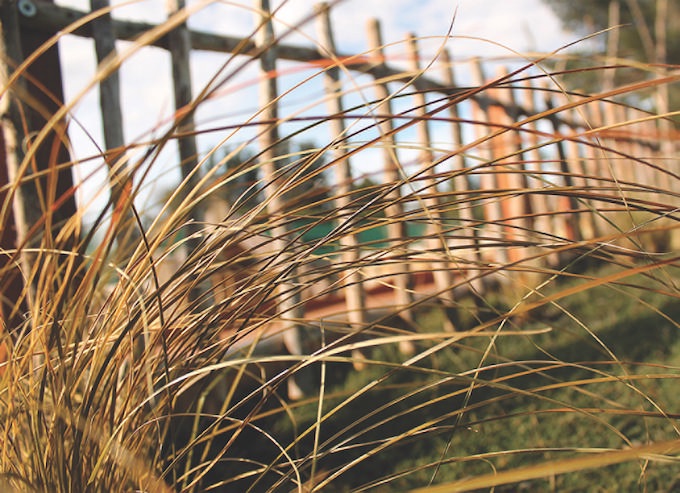
Of course, schools have a huge role to play in getting young people to understand and value nature through actually experiencing it. School excursions and outward bound activities are obviously one way of doing this, but another is installing a nature playground – say, with forts, bridges or climbing frames within a plant-filled landscaped area – so that children have access to a more natural environment every day at school.
Unlike more formal outdoor activities such as sports, a key concept of nature play is that children themselves are in charge of what they get up to, without having to be guided or instructed by adults; a guiding rule of real nature play, therefore, is that there are no rules (beyond those of everyone enjoying themselves). Nature play is play with nature not just in nature; it is kids actually experiencing nature and all its elements, dirt and all.
Yet while the Nature Play (and the nature playground) concept sounds so sensible, an initial hurdle is convincing those with different priorities of its benefits.
According to Tim Anderson of Compass Playgrounds, “moving from a more traditional playground to a natural environment needs to be a considered process”.
“It is important that there is ‘buy in’ from all parts of the school community,” Tim says. “This includes students, management, staff (including support staff) and parents.”
Those who are already convinced of the importance of nature play might readily agree to any changes to existing playground design, while other may need more encouragement.
“The move away from the traditional climbing frame/fort plonked in the middle of a bark area can meet with resistance from those that do not see the benefits of natural play,” Tim explains.
“There is often concern that the use of plantings to create quiet areas and pathways make supervision difficult. Caretaking staff can see the natural area as an extra work load that is not easily maintained with the lawn mower and weed eater.”
Valuing nature
Providing a clear justification of the benefits and value of nature play for children is crucial, Tim believes, as is involving the students themselves.
“All schools will approach the consultation process differently but there are a few key elements that are important,” he says.
“Explain to the school community why you are wanting to change the environment of the school to a natural playground. Ask everyone what they would like to see in a new natural environment. Consult the children, use it as class learning experience. Make sure that everyone sees the plans and understands what is happening. Acknowledge that it may not be perfect first time around and that it will need to evolve over time.”
So, here’s hoping that, as attitudes towards the environment and understanding of the value of natural experiences evolve, will there be a move ‘back to the future’ where nature play is once again normal play.
Hmmm. I wonder if I could still climb that tree in the back garden …




